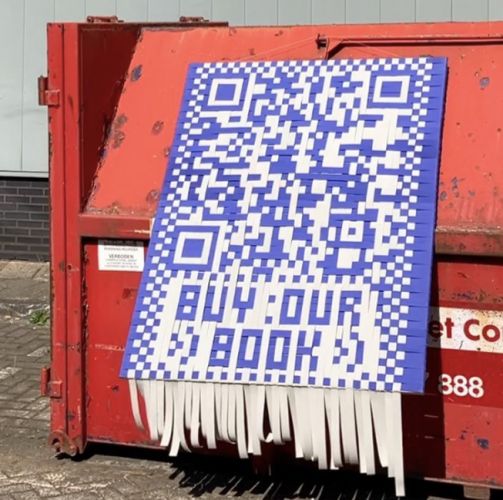Since the renewal of the curriculum in the eighties by creative director Jan Lucassen, DAE has calibrated its educational model on improving the wellbeing, ergonomics and positive psychological effects on everyday life trough design. This humanistic approach becomes evident in the names of the depart- ments Man and Leisure. Man and Identity, Man and Living, Man and Food, Man and Work etc.
I had some issues with some projects which seems to draw their value on the good that’s done for the world, rather than the intrinsic qualities of the concept, the performance or visual qualities of the end product. It’s not up to me to value of the do-good mentality. To me its important to keep questioning the reasons why I make things. But I am not a ultra social type to begin with. The design I like to do, is in the making. As such I feel acquainted with designers as Bertjan Pot and Hella Jongerius.
I worked for Susan Bijl this year and really admire the persistence she has put in the bag, the company and the smartness of her campaigns.













